The beehive is an essential component in beekeeping, providing a structured environment for honey bees to live, raise their young, and store honey and pollen. Throughout history, beehives have evolved from rudimentary structures to modern designs that improve beekeeping practices and enhance honey production. Let's delve into the origins, uses, and innovations of the beehive.
Origins of Beehives
The practice of keeping bees dates back thousands of years, with evidence of early beehive structures found in ancient Egypt and Greece. Early beehives were simple and made of materials readily available, such as clay pots, woven baskets, and hollowed logs. These early hives allowed beekeepers to observe and collect honey from wild bee colonies.
Traditional Uses of Beehives
Beehives have been primarily used for honey production throughout history. Harvesting honey from beehives was an essential source of food, sweeteners, and medicine in many cultures. The beeswax produced by the bees was also valuable and used for various purposes, including candles, cosmetics, and woodworking.
Modern Beehive Innovations
In recent centuries, beekeepers have developed various beehive designs to improve honey production, bee management, and hive health. One notable innovation is the Langstroth hive, invented by Reverend Lorenzo Langstroth in the mid-19th century. The Langstroth hive introduced movable frames with standardised dimensions, allowing beekeepers to inspect and manage colonies easily.
Other modern beehive designs include the top-bar hive, which uses horizontal bars instead of frames, and the flow hive, which incorporates a unique honey extraction system. These innovations aim to simplify hive inspections, minimize stress on the bees, and enhance the efficiency of honey harvesting.
Components of a Modern Beehive
A modern beehive consists of several essential components that provide a conducive environment for honey bee colonies. These components include:
1. Bottom Board
The bottom board serves as the base of the hive, providing an entrance for the bees and helping regulate hive ventilation.
2. Hive Boxes or Supers
Hive boxes, also known as supers, are stacked vertically and provide space for the bees to build their combs and store honey and pollen. These boxes can be added or removed as needed, depending on the size and strength of the colony.
3. Frames
Frames hold the honeycomb and provide structure within the hive. They can be easily removed for inspection and honey extraction.
4. Queen Excluder
A queen excluder is a mesh screen placed between the hive boxes to restrict the queen bee's access to certain sections. This ensures that she remains in the brood chamber and prevents her from laying eggs in honey storage areas.
5. Inner Cover and Outer Cover
The inner cover is placed on top of the hive boxes, providing insulation and additional ventilation. The outer cover protects the hive from the elements.
How a Modern Beehive Works
A modern beehive works by providing a controlled environment for honey bee colonies. The bees construct their honeycomb on the frames within the hive boxes, where they store honey and pollen and raise brood. Beekeepers periodically inspect the hive, checking for hive health, the presence of the queen, and the amount of honey stores.
During honey harvest, frames filled with capped honey are removed from the hive. Beekeepers use specialised equipment, such as honey extractors, to spin the honey out of the combs. The extracted honey is then filtered and stored for consumption or sale.
In Conclusion
The beehive has a rich history, evolving from rudimentary structures to modern designs that support honey bee colonies and honey production. Innovations in beehive technology continue to improve beekeeping practices, making hive management more efficient and promoting the health and productivity of honey bee populations. Understanding the origins, uses, and components of a modern beehive is essential for aspiring beekeepers and those interested in the fascinating world of bees.
Photo by Bianca Ackermann on Unsplash
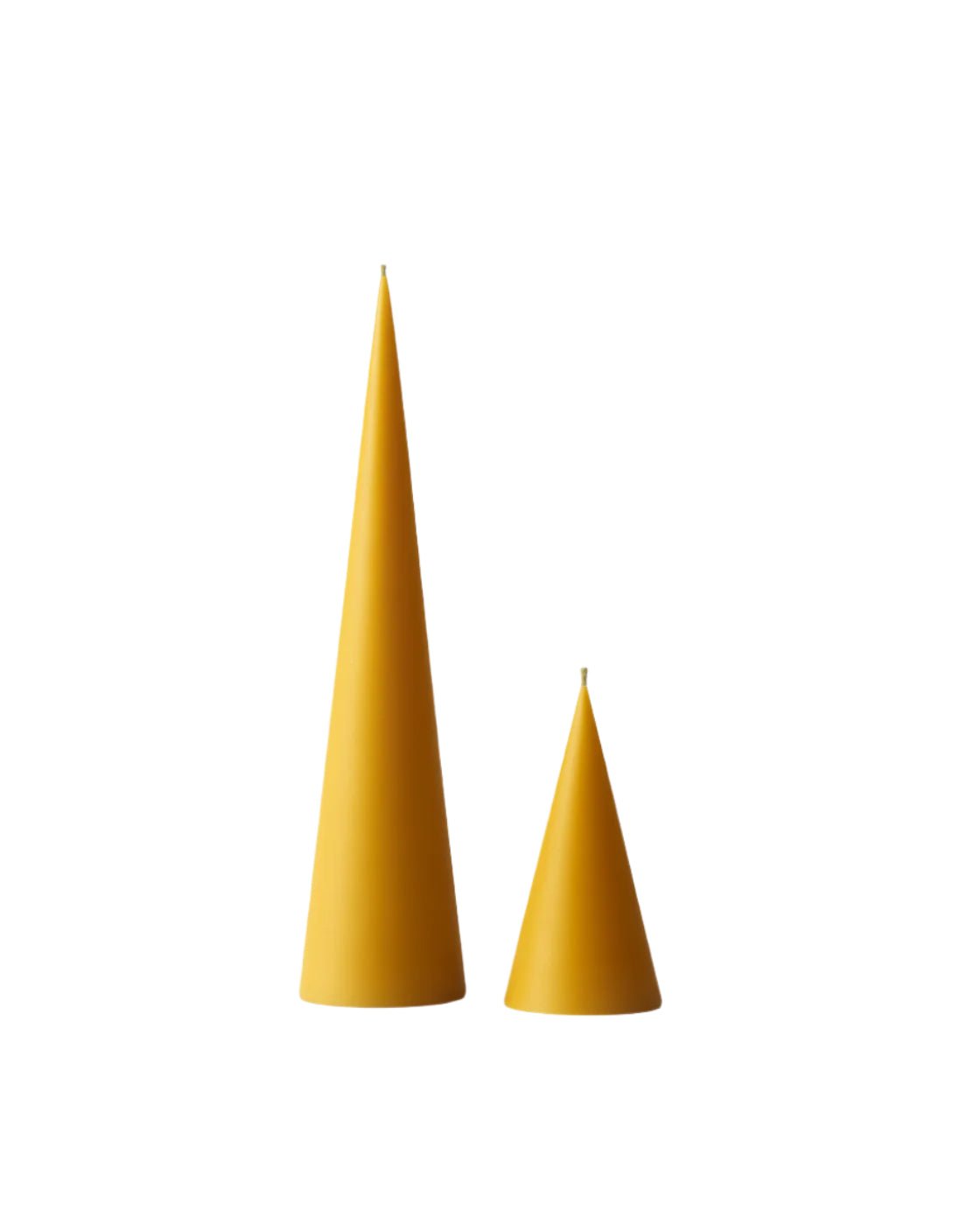
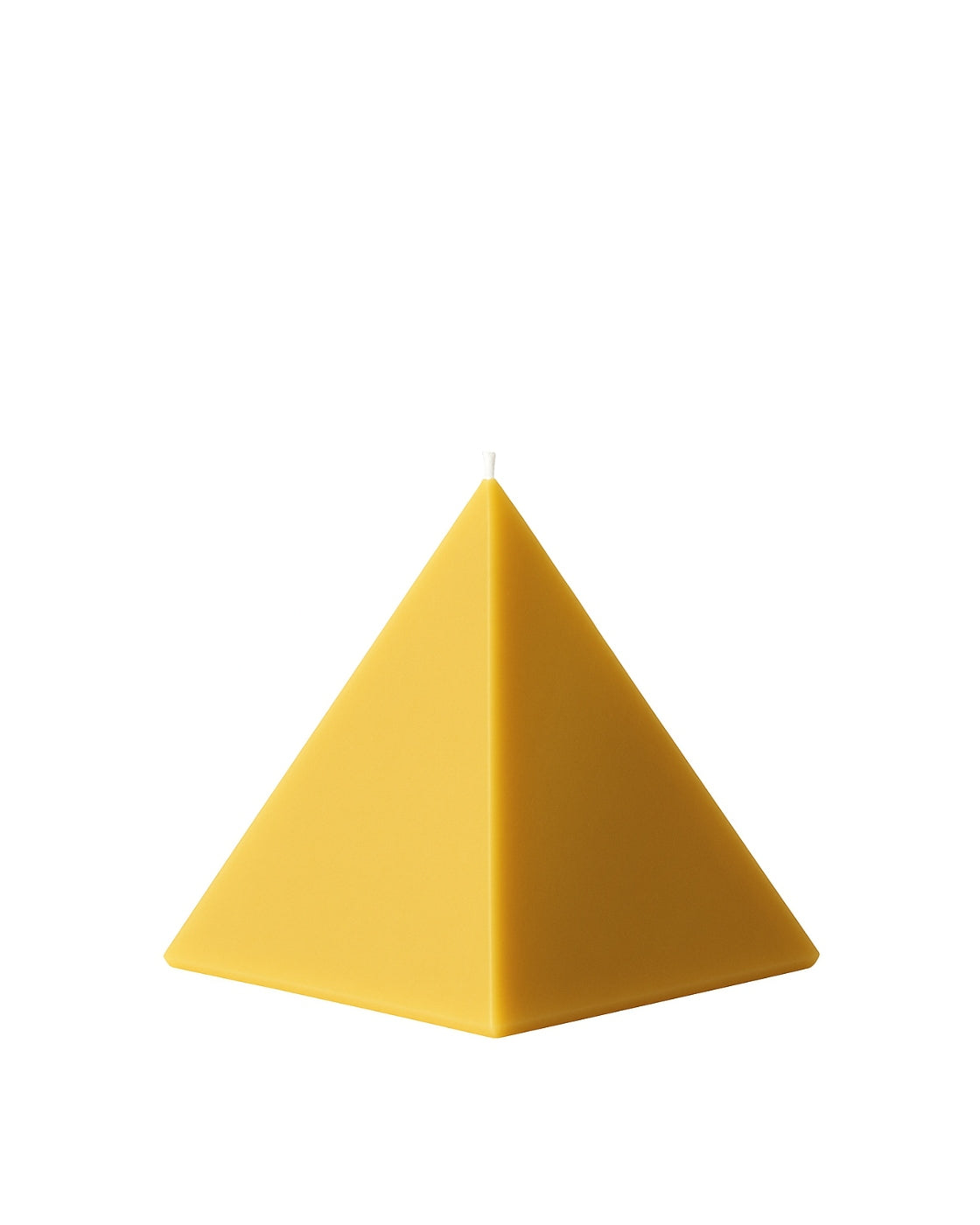
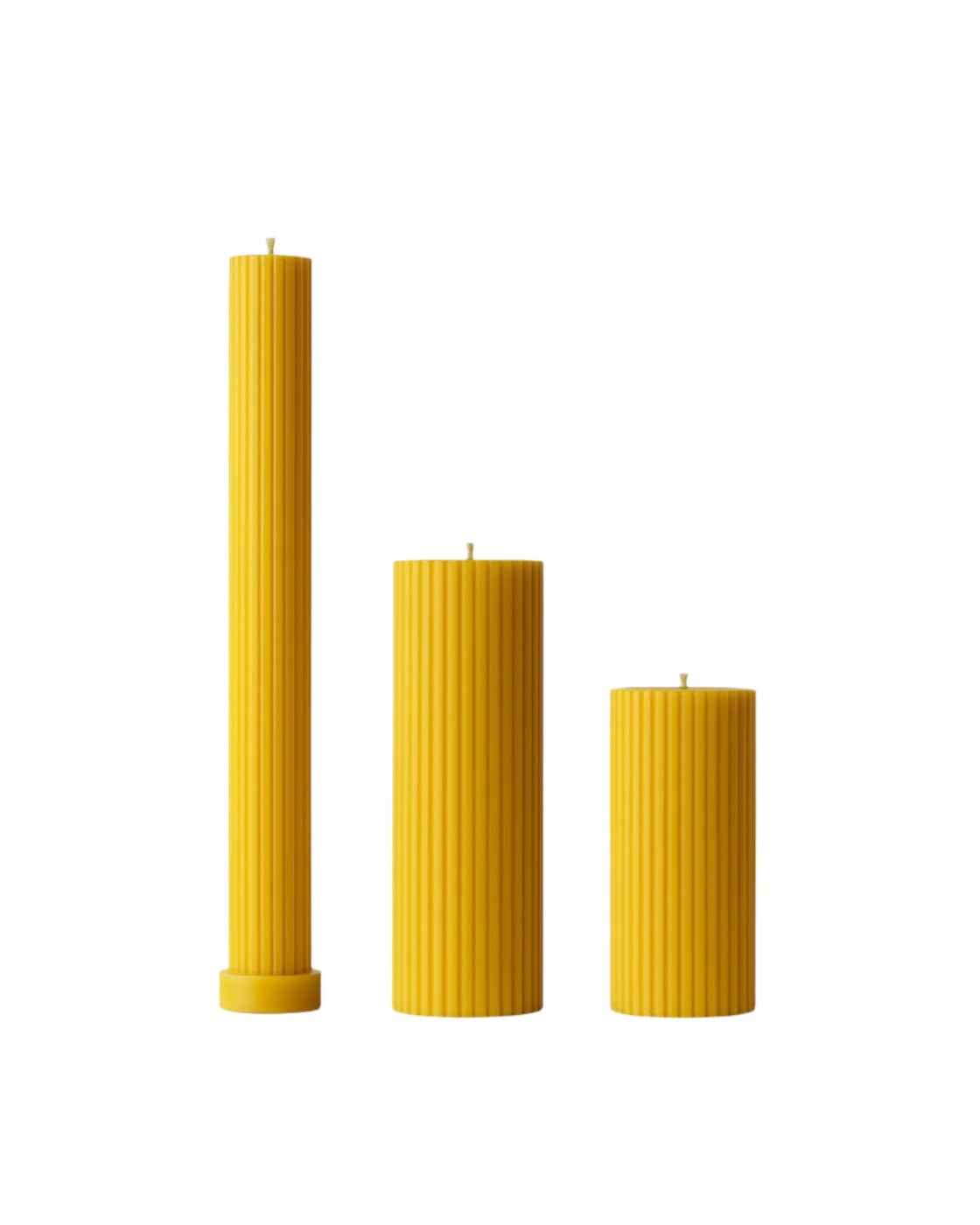


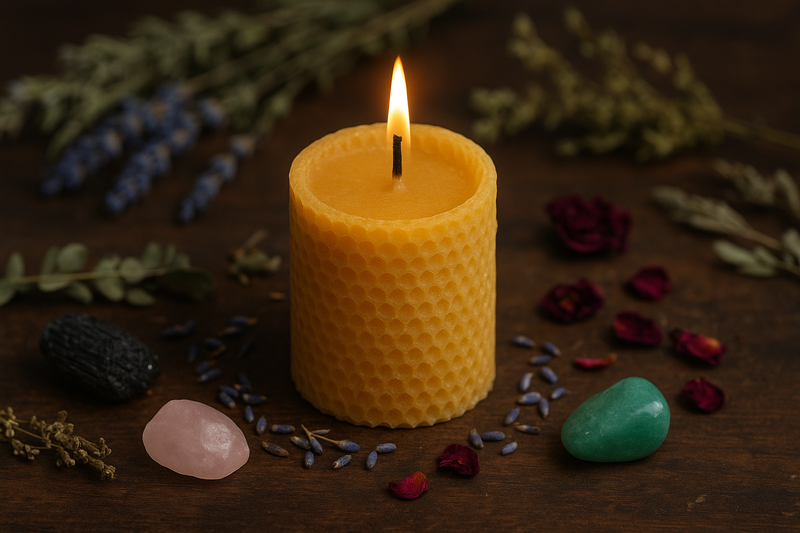

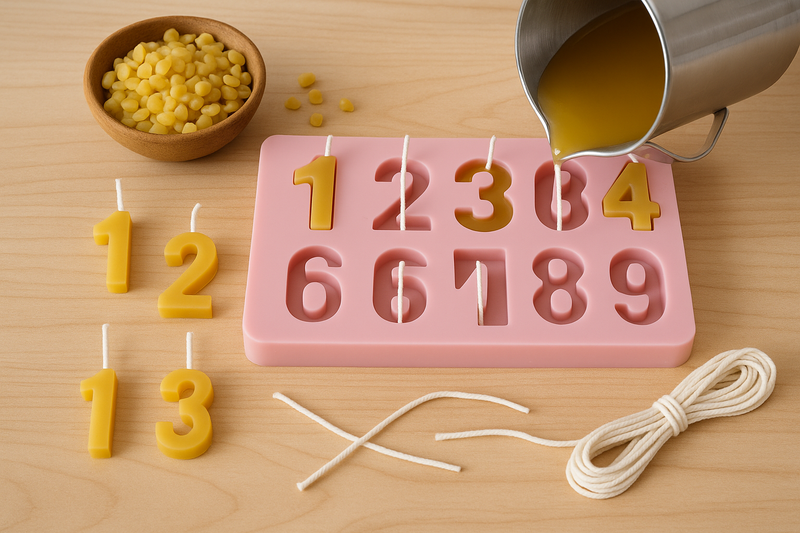
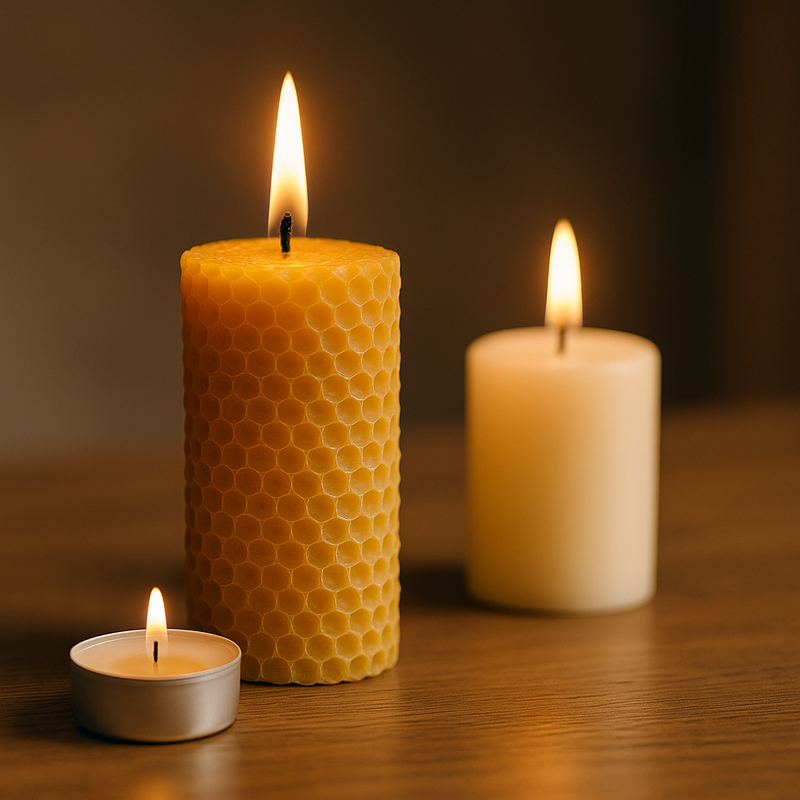


0 comments